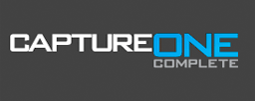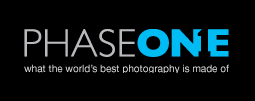
My experience with the Canon has taught me to appreciate the advantages of shooting digitally e.g. the immediacy of digital capture, the confirmation of the histogram display, the flexibility of RAW files. For someone trying to make a living from photography these are benefits that can't be ignored. And increasingly my commercial customers have been requiring submissions in digital format.
I had considered purchasing a digital back for my Hasselblad but was put off by the cost. So whilst I continued to keep a wistful eye on the evolving market this was done with few expectations about making a purchase. That was until I met Chris Ireland (Direct Digital Imaging) at the 'Focus' show in Birmingham in 2007 who generously offered to lend me a back to try out.
I must admit, I was initially sceptical about the purported advantages of the Phase One product in spite of listening to Chris wax lyrically about the advantages of CCD vs CMOS technology, the tonal quality & exposure latitude of a true 16 bit file and the benefits of a sensor 1.5 times larger than the Canon's 35mm sized chip. Would these be apparent in the final image and most importantly would they justify the investment required? And how complex would the back be to use in practice? These were questions at the forefront of my mind when Chris delivered a P20 back to me just prior to a trip to Harris & Lewis.
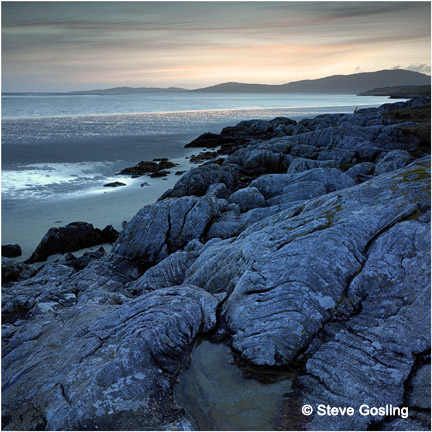
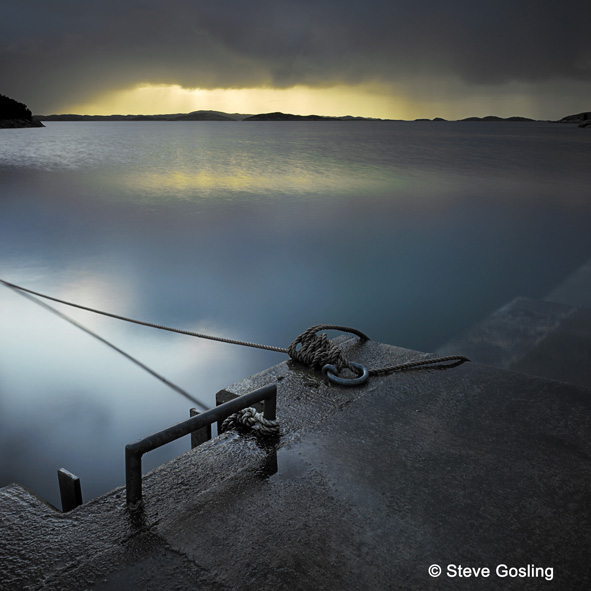
I was immediately struck by the quality of construction (that you'd expect for an investment of several thousand pounds) and the simplicity of the controls. The back is operated by five buttons on the rear – a small on/off button and four larger ones situated on both sides of the screen. These control ISO, white balance, playback options (e.g. basic review, zoom, histogram) and a menu button to customise the back (e.g. power save options, disk formatting, image quality). In playback mode these buttons provide different functions but I found the whole setup quite intuitive to use and easy to navigate around.
Given the lack of electronics in the Hasselblad a synch cable from lens to back is required to enable the back and the camera to communicate to each other. I can see how this might be a pain for anyone wanting to do a lot of handheld shooting but for the relatively slow working, methodical, tripod bound landscape photographer this is much less of an issue.
One immediately apparent advantage of the digital back compared to a DSLR is the accessibility of the sensor for cleaning, no mirror lock up required, no blowing dust around or working in the confined space of the mirror housing and no shutter to worry about damaging. Removing the back from the camera and blowing the sensor with air from a rocket blower was all that was required.
So much for my initial impressions, but what about the performance in practice? Not wanting to take this untested combination on a lengthy trip to the Western Isles my first trip out was to a location near to my home – to record the sunset behind a lone tree that I've photographed many times before. I processed the resulting RAW files using Capture One software and was immediately impressed by the colour reproduction and the rendition of subtle tonal changes across the image – from vibrant orange on the horizon to deep blue in the upper reaches of the sky.
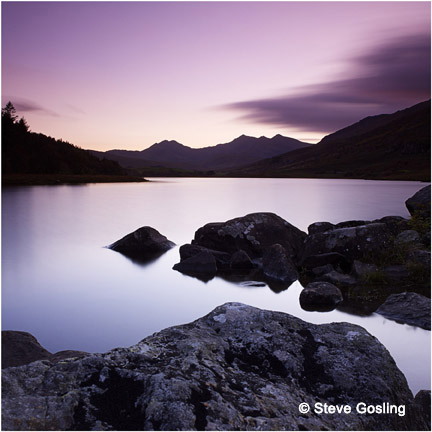
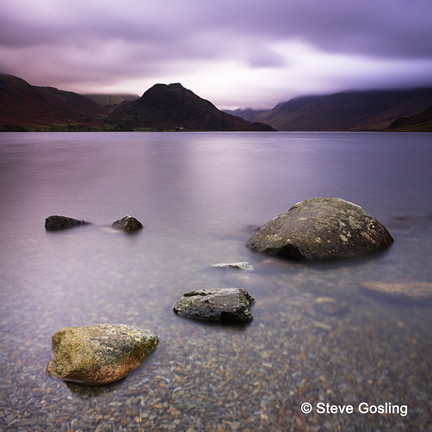
On the basis of my initial results I felt secure enough to pack the Hasselblad/Phase One combination for the trip (although common sense dictated that the Canon gear made the journey as well!).
In the end the digital medium format outfit was responsible for 98% of the images taken whilst I was on Harris & Lewis; the Canon gear rarely left the bag. As anticipated, I really enjoyed the experience of using the manual camera (oh the joy of a proper depth of field scale!!) coupled with the reassurance of being able to assess and review my images each evening. And the 38mm x 38mm sensor retained the square format I have grown to love.
Because the sensor is smaller than the 60mm square of an image on 120 film I had worried that the crop factor (of 1.5x) would be a serious limitation with wide angle shots. In practice my fears proved to be unfounded – I never came across an occasion when I longed for a lens wider than the 38mm on my Hasselblad 903 SWC.
But of course it's the quality of the final image that really counts. On returning home I eagerly processed the RAW files using Capture One and imported the files in Photoshop (the 16Mp files opened as 95Mb 16 bit images) and these made me optimistic that Chris's predictions about quality would be fulfilled. The retention of highlight detail and the relative absence of noise were impressive.
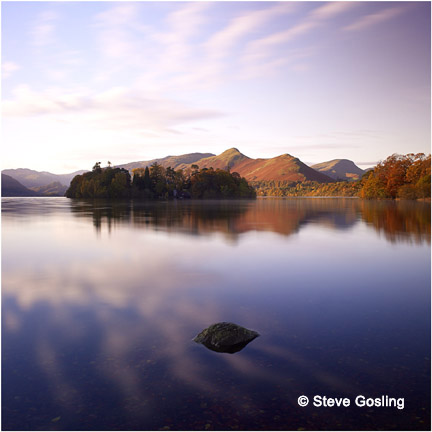
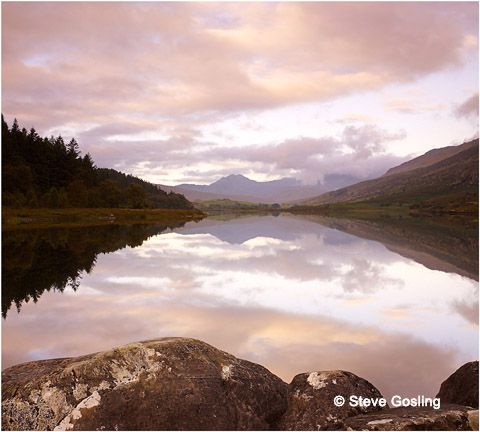
However the ultimate test would be in the production of some exhibition quality prints. I interpolated the images using Photoshop's 'Bicubic' method to give me a print size of 2" x 24" at 300ppi (normally my largest print size) – this resulted in a file size of just under 300Mb. The quality of the resulting images was awesome - the sharpness and reproduction of details, the tonality and colour range were the best I've seen from any digital file. I've shown the prints to a few other landscape professionals who agree that they rival those from scanned large format transparencies.
Using the Hasselblad and Phase One back confirmed two things – firstly, how much pleasure there is in working with a mechanical camera combined with the advantages of digital capture; and secondly, the number of megapixels isn't the only consideration in determining final image quality.
I was immediately transformed from sceptic & cynic to convert and putting my money where my mouth is I ordered the new Phase One P20+ back. The subsequent results have reassured me that I made the right decision.










